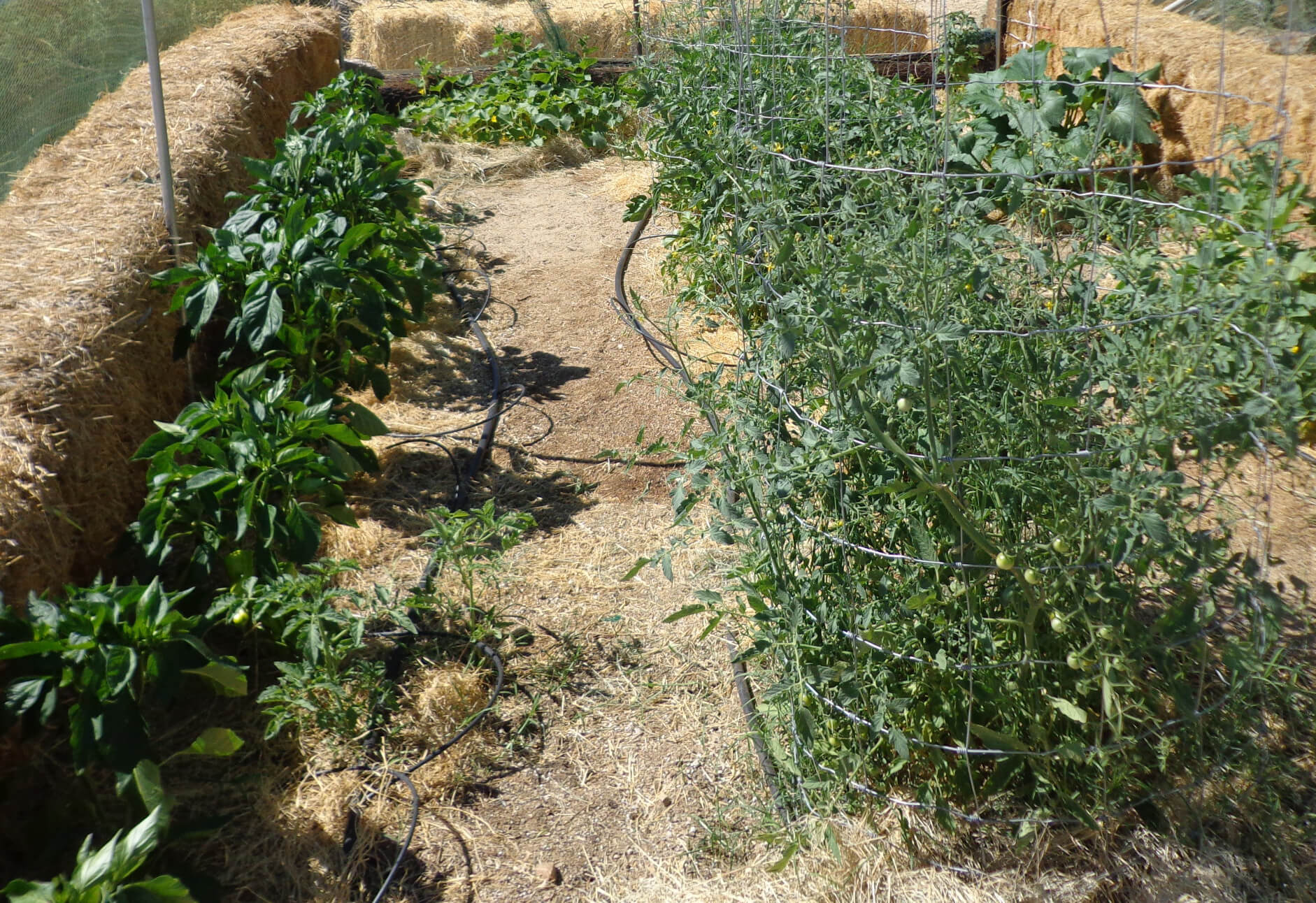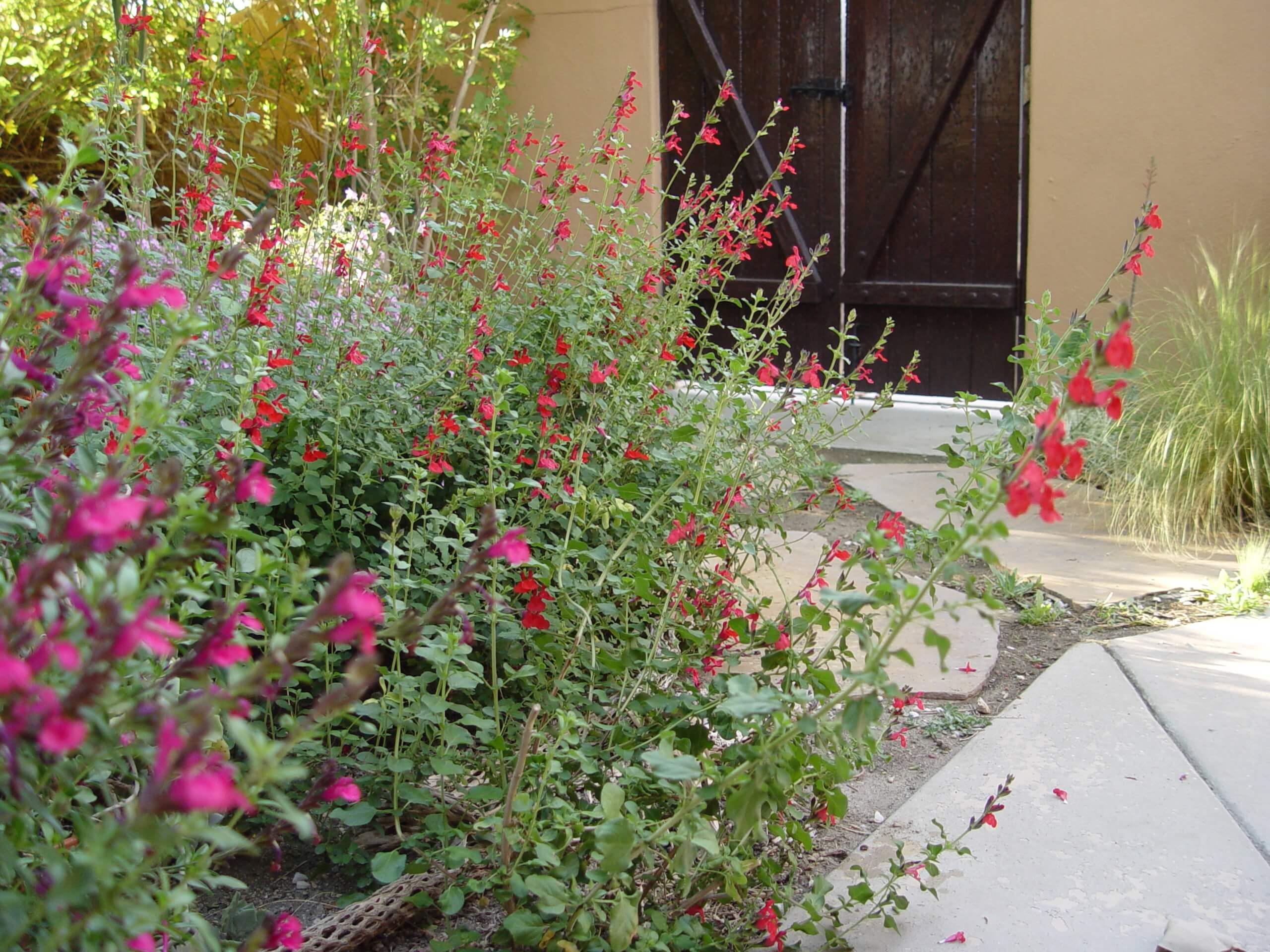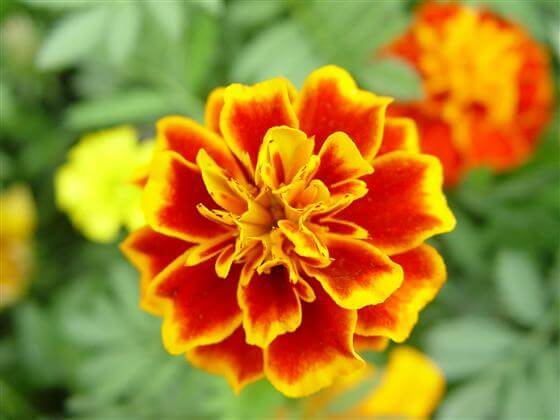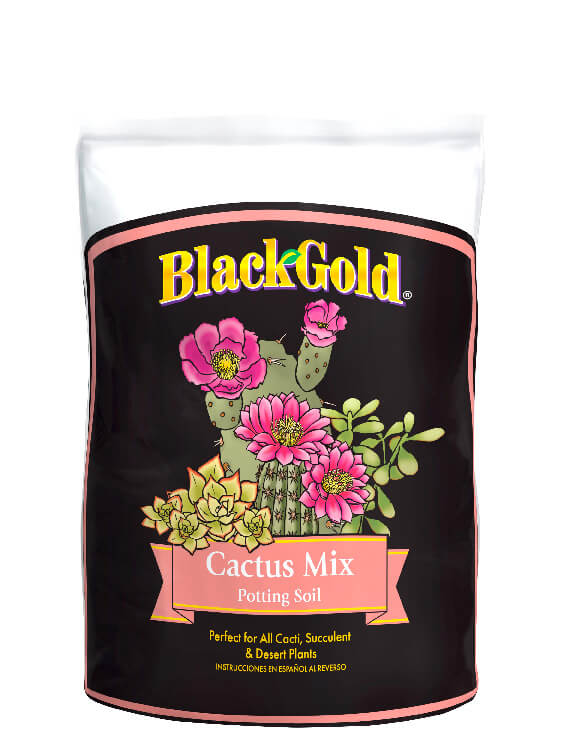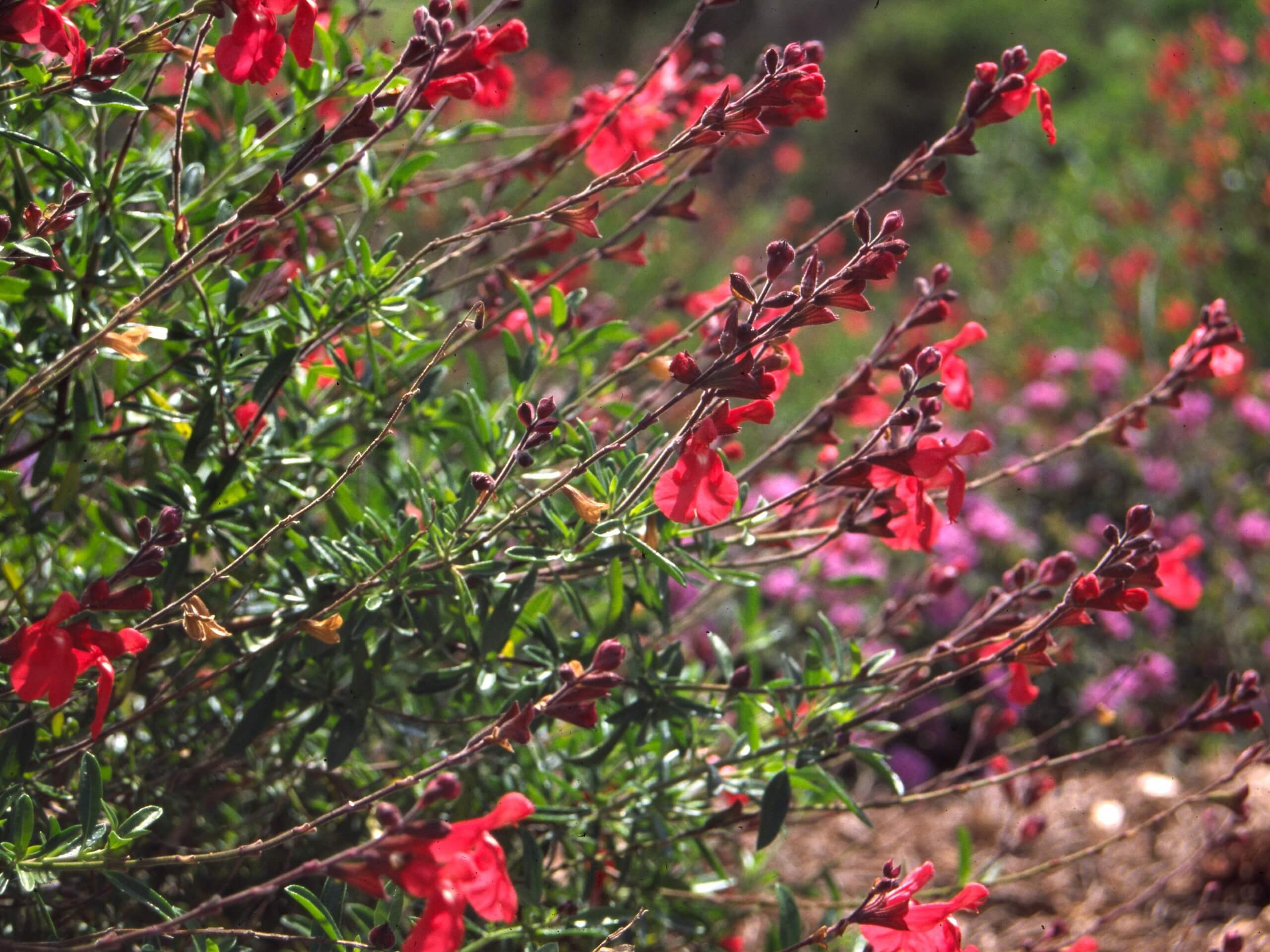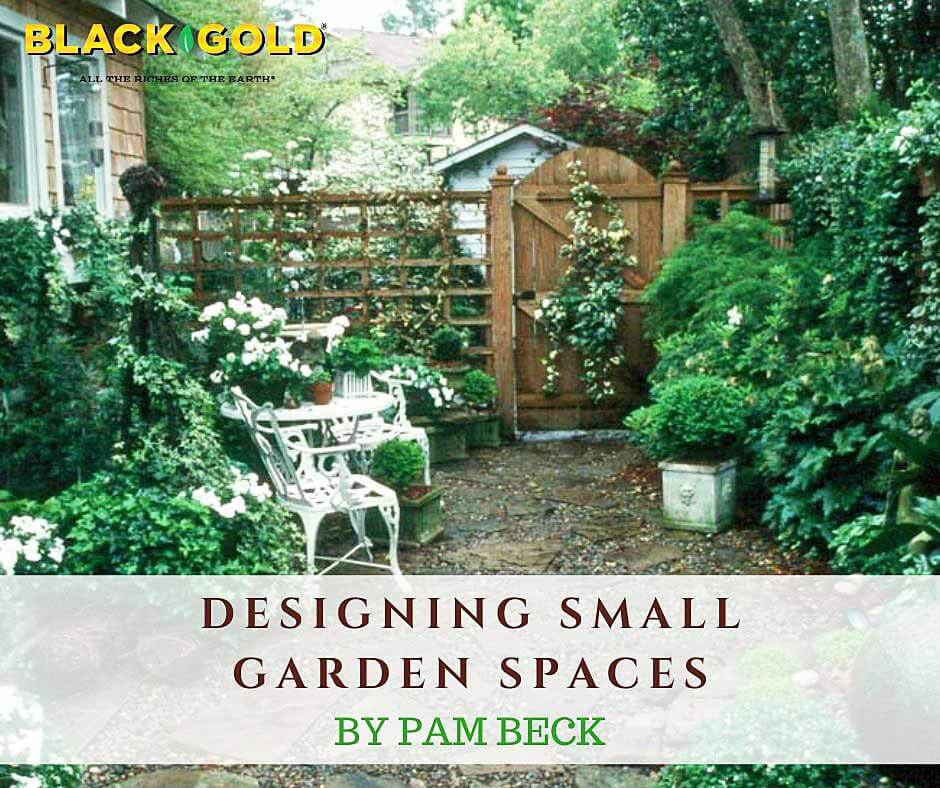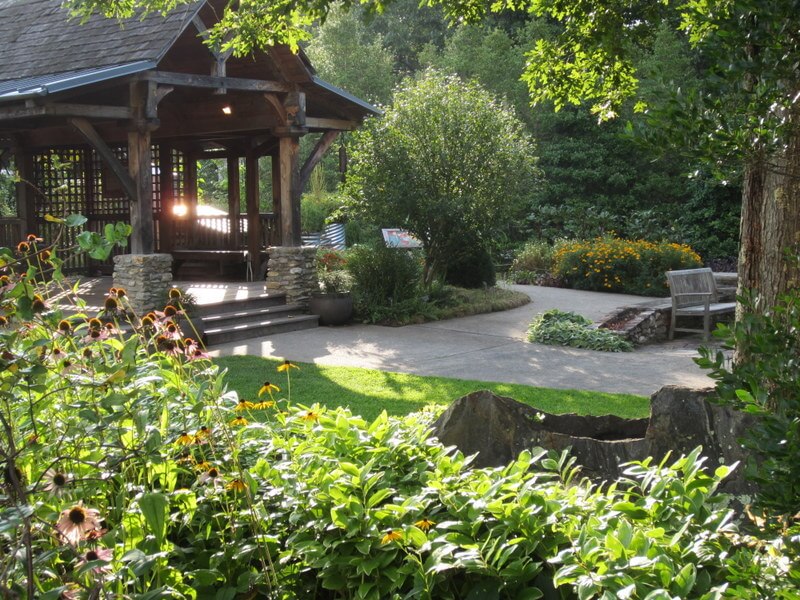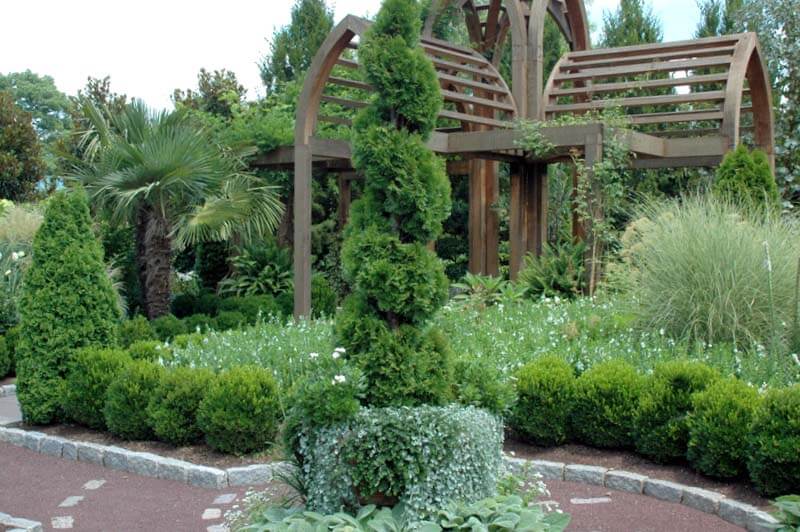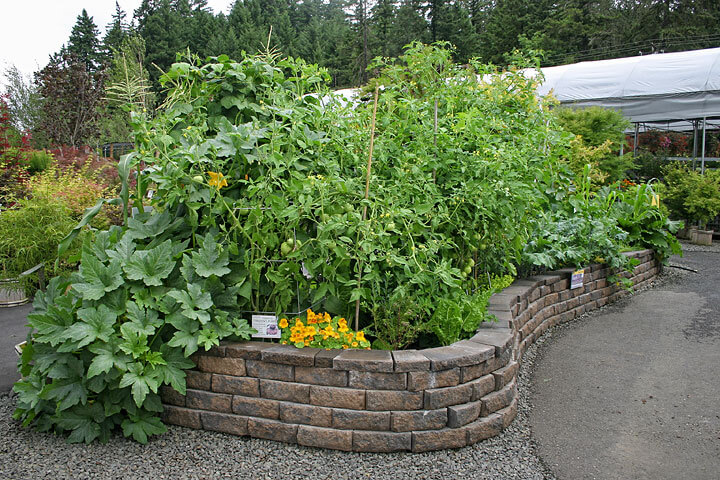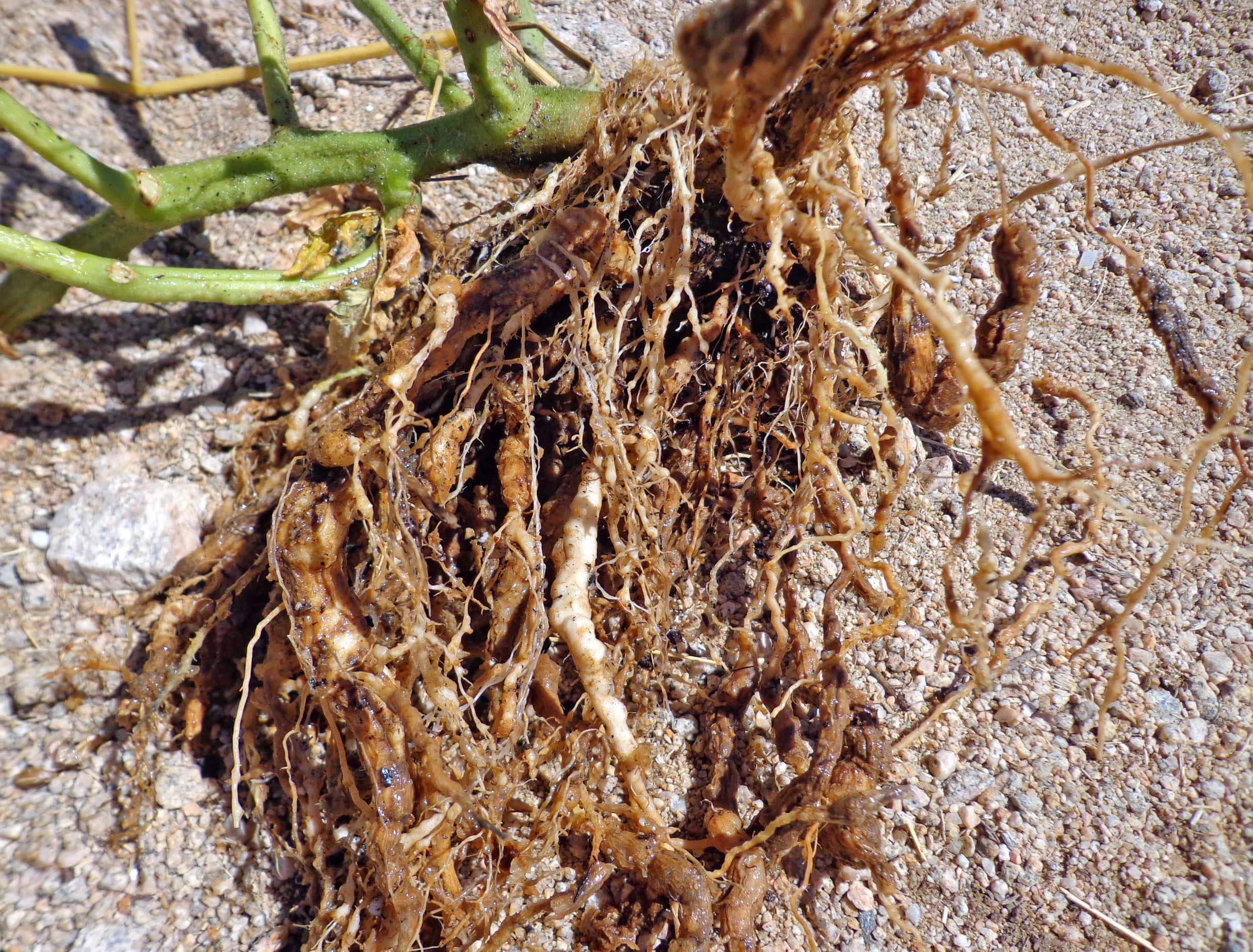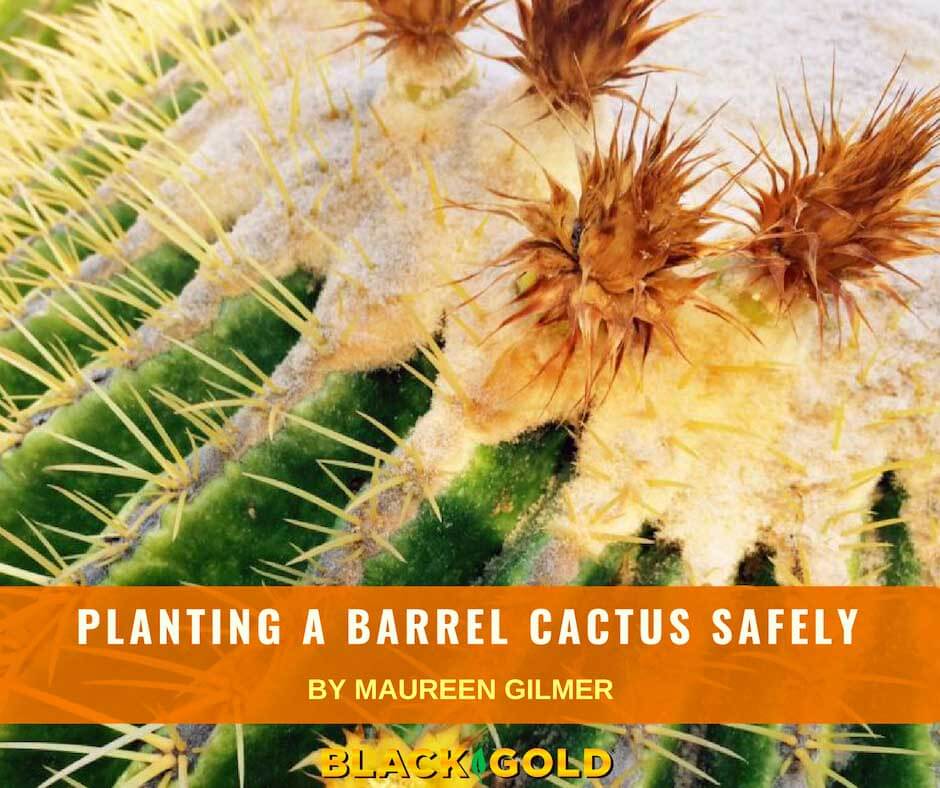
The golden barrel (Echinocactus grusonii) is America’s favorite cactus. All over the Southwest, it has become a coveted living ornament in landscapes. When backlit by the sun, the bright canary-yellow spines literally glow, creating high drama against blue agaves and succulents. A big yellow cactus potted on porch or patio becomes the quintessential year-round focal point that never loses its warm color.
Large golden barrel specimens and other large barrel cacti thrive in big, strong pots if they are planted properly. What folks don’t know is that they are darned difficult to handle, and painful, too. The challenge is transplanting the stemless ball of wickedly sharp spines. The combined soil and plant weight makes golden barrel unwieldy to carry, which complicates matters further. Here’s how to do it safely without damage to you or the plant.
Protect Yourself
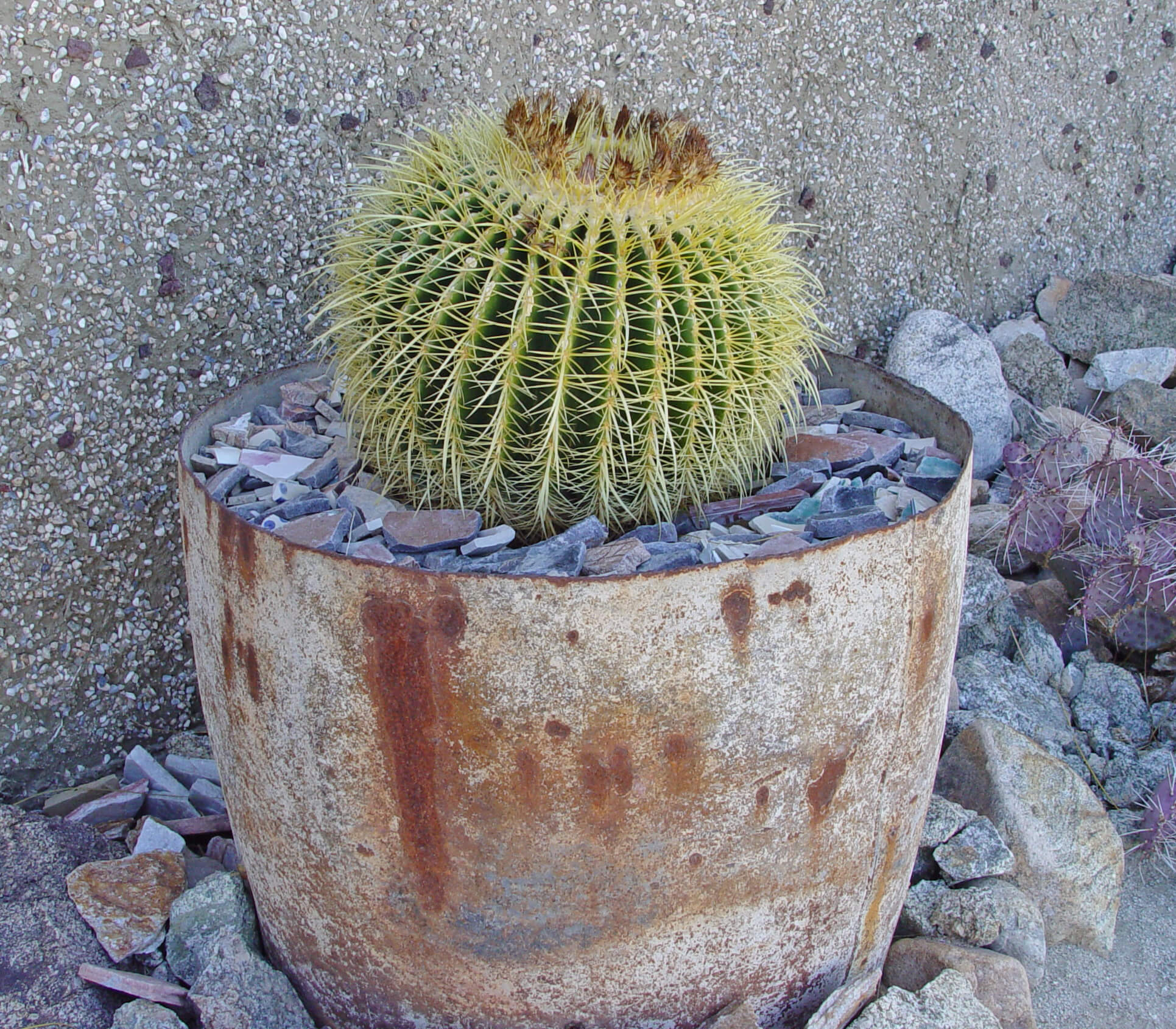
To start, you’ll need long, thick, solid-leather gloves, because picking up pots of golden barrels is a wrist and knuckle nightmare for bare skin. Loosely wrap the cactus in a piece of carpeting, or find a cardboard box that fits over the spines tight enough to “catch”. The box is a bit better because it lets you turn the cactus upside down to stand while you carefully remove the pot. This exposes the root ball and facilitates preparation for transplanting.
When inspecting the root ball, look to see if your large cactus has been field grown and recently potted up. Field-grown cacti are cultivated on slopes that provide rapid drainage. They are dug and potted up in nursery soils that typically drain more slowly and are less suited to cacti longevity because they’re viewed as temporary. To protect your investment, inspect the bottom of the plant and remove any organic matter that may provide excess moisture. Then you will want to prepare your container for planting.
Planting Barrel Cacti
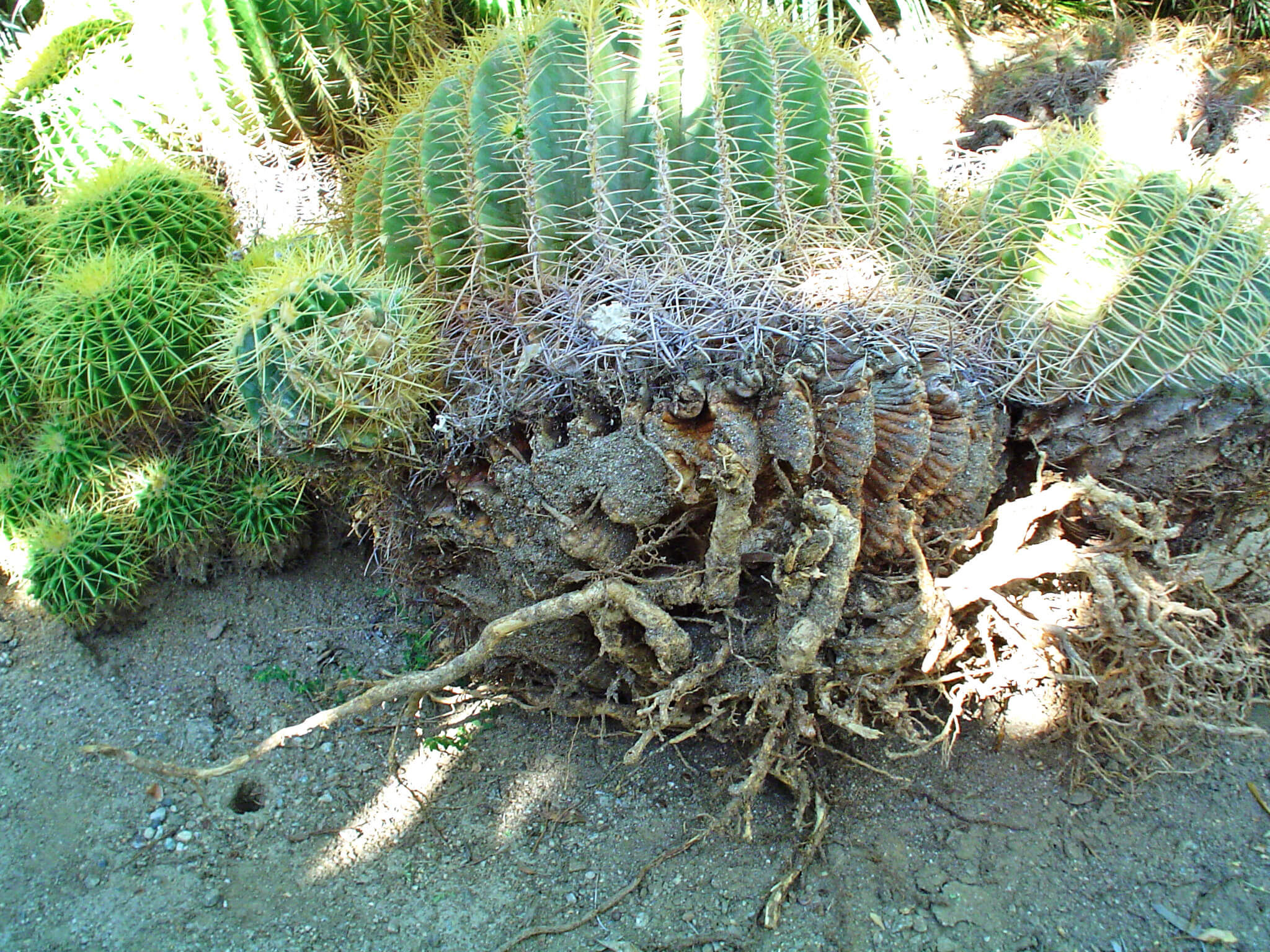
Your decorative pot must be wide enough to contain the cactus and have at least 1 inch or more free space on all sides to allow for new growth, watering space, and surface evaporation. Use a concave pottery shard to dome over the drain hole to prevent erosion. Then open a fresh bag of Black Gold Cactus Mix, a fast-draining medium containing a blend of perlite/pumice or cinders, earthworm castings, and compost. It encourages vigorous growth while ensuring ample aeration and drainage.
Use dry potting soil right out of the bag when potting up your golden barrel cactus. Place a layer of soil at the base of the pot, then set the top of the cactus root ball about 1-2 inches below the pot’s edge, and hold it there while you pour in the mix around the sides. Allow the mix to filter down and lightly pack it to create a porous yet solid base.
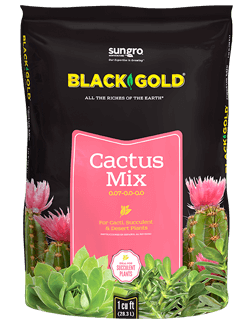 Do not water the cactus directly after planting, and put it in a partially shaded location. Wait a couple of days before watering, so any injuries to roots during the planting process have had time to heal themselves. Then water in thoroughly. Add more potting soil where settling or pockets occur.
Do not water the cactus directly after planting, and put it in a partially shaded location. Wait a couple of days before watering, so any injuries to roots during the planting process have had time to heal themselves. Then water in thoroughly. Add more potting soil where settling or pockets occur.
For more visual interest, try adding a surface layer of gravel, glazed tile shards, or tumbled glass. Place in full sun.
Finally, try raising the bottom of the pot up with broken tile shards to create a gap between the drain hole and saucer. This facilitates rapid drainage to create the perfect conditions for cacti and succulents. It also protects decks and paving from what can become a very heavy, beautiful and ferocious plant in your garden.


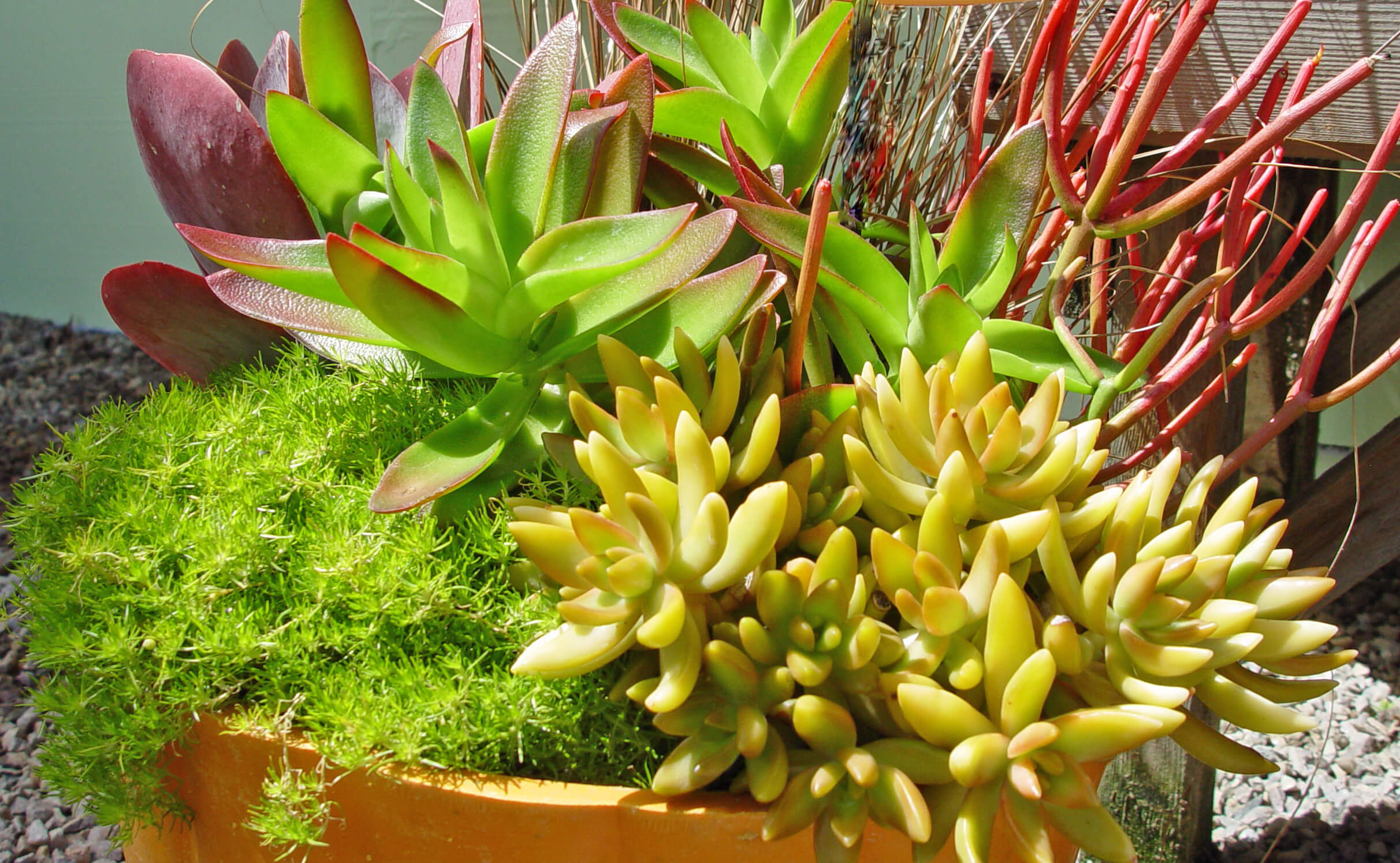
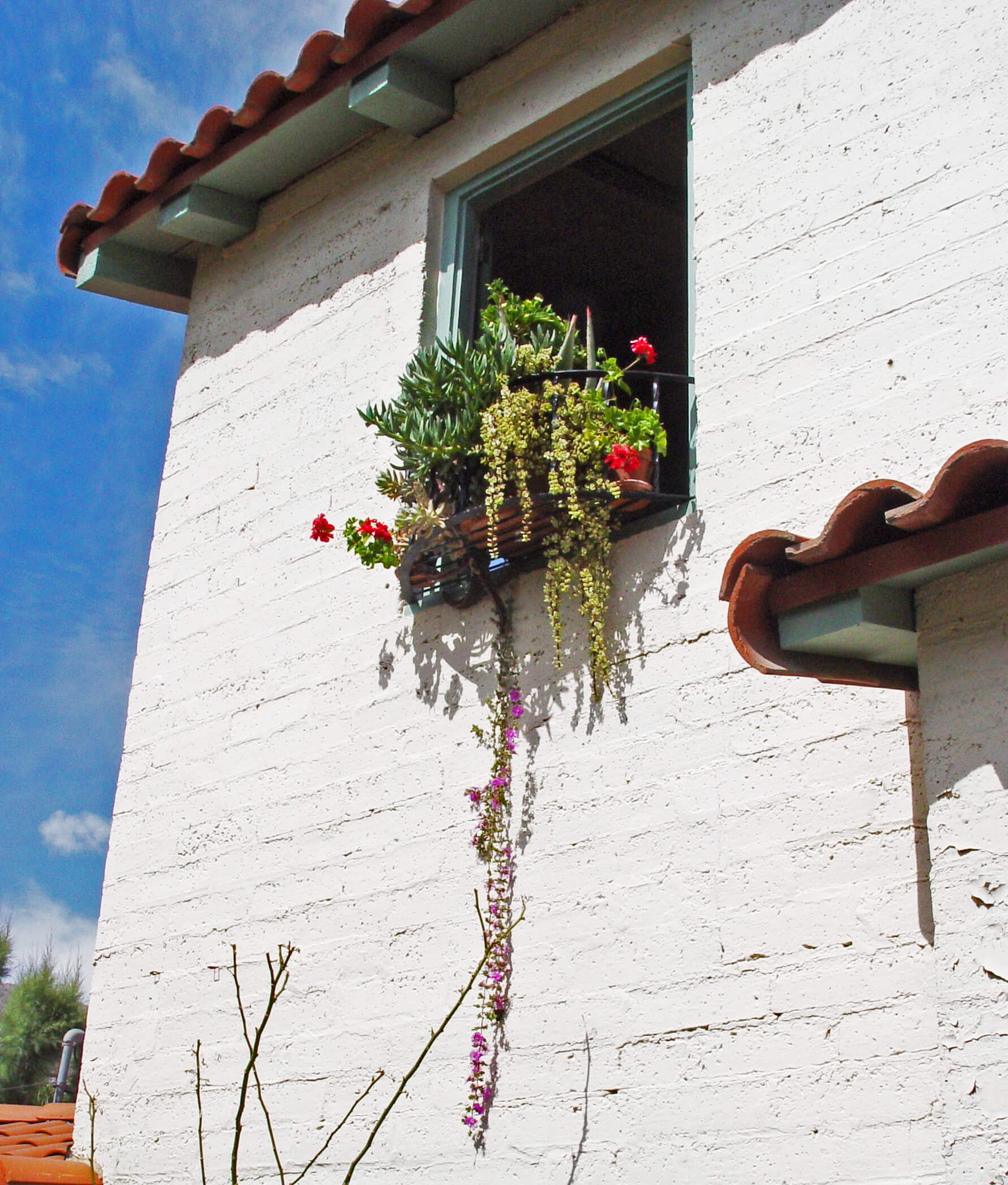
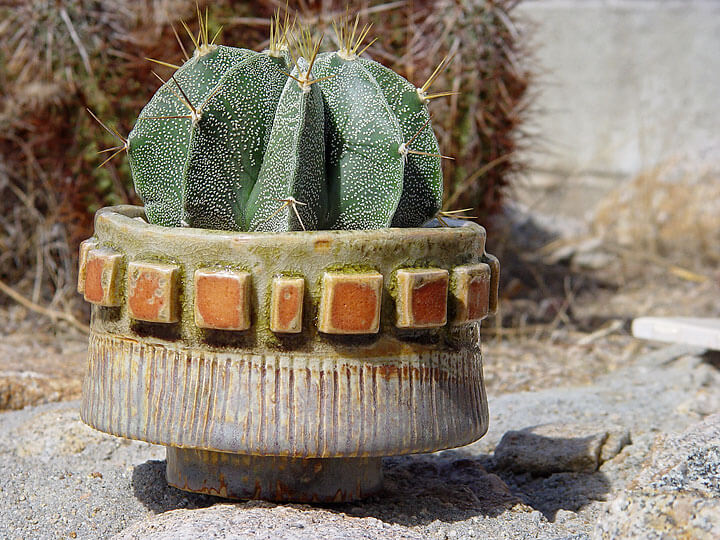
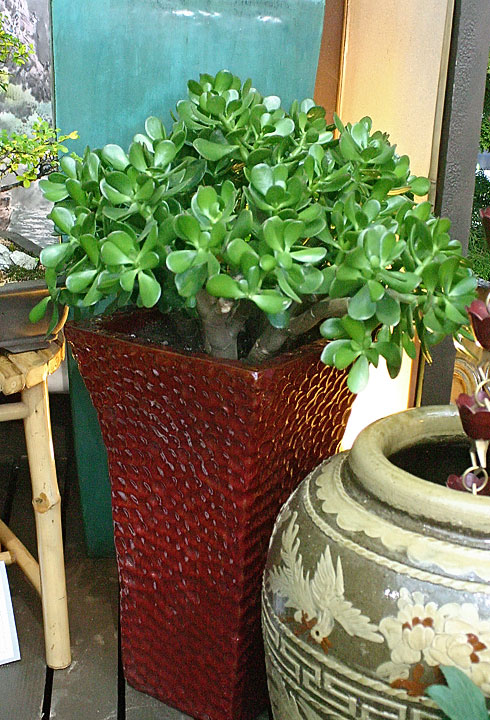
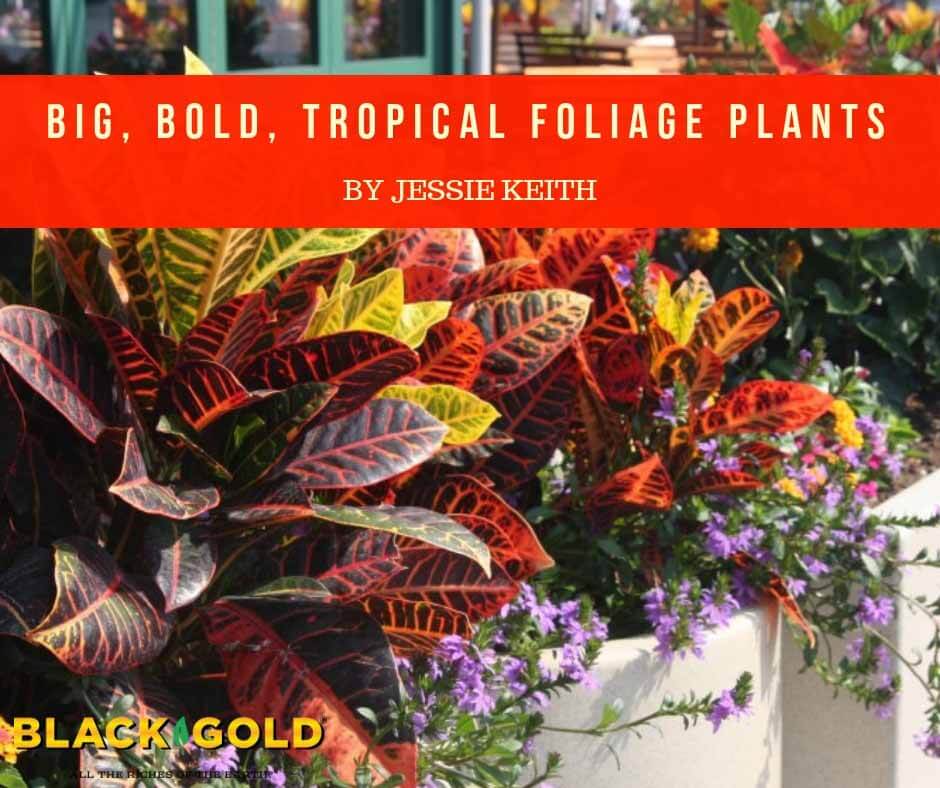
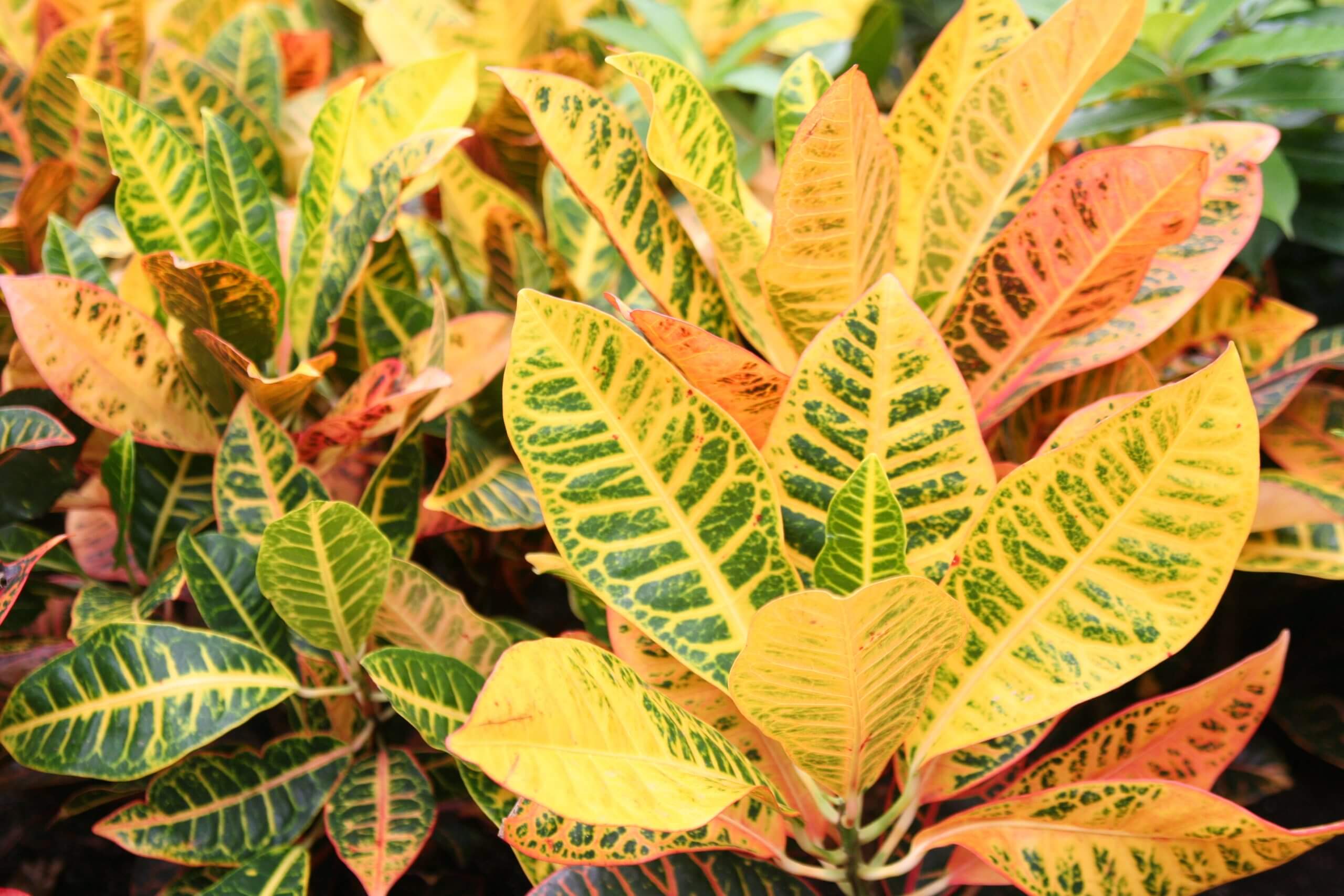
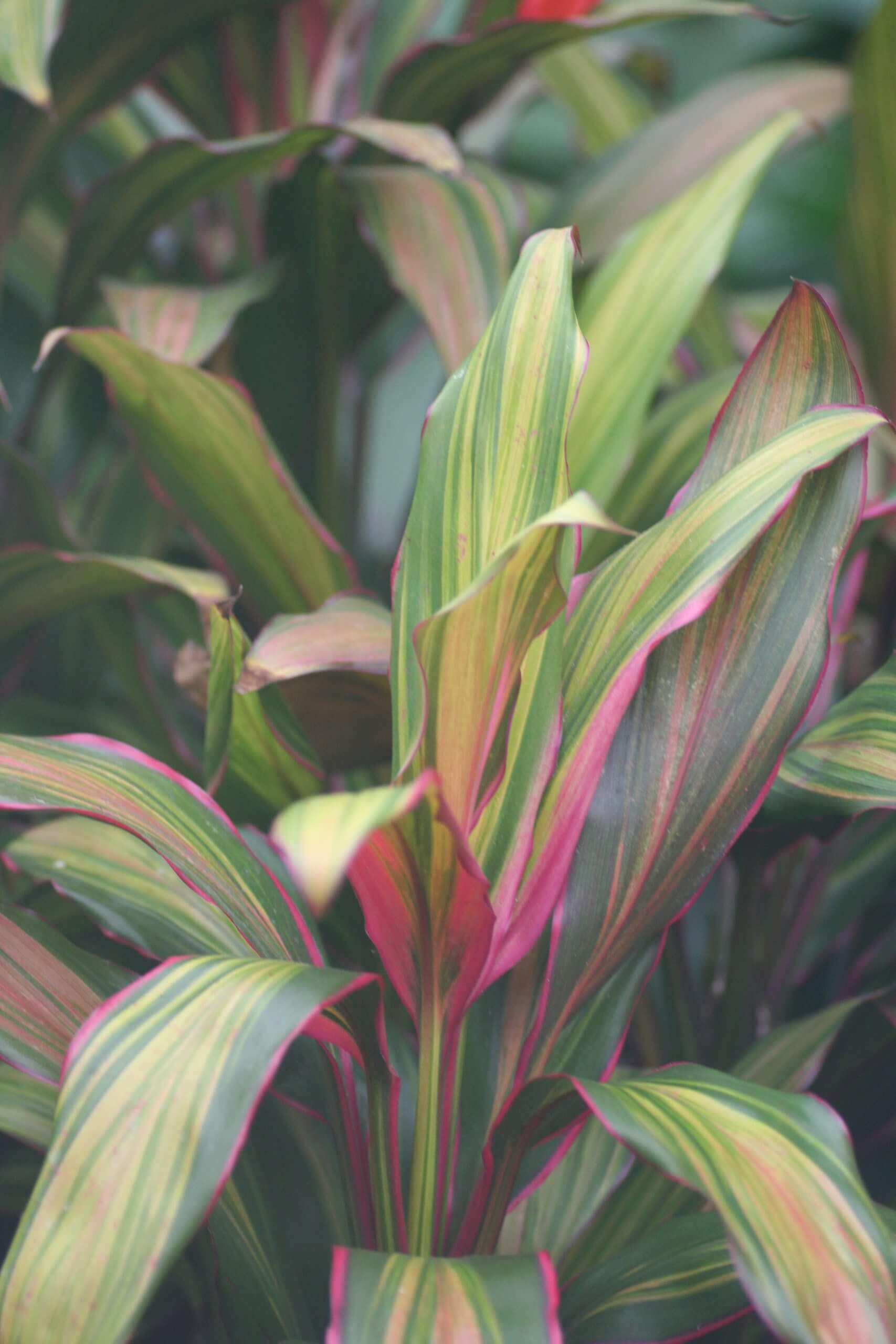
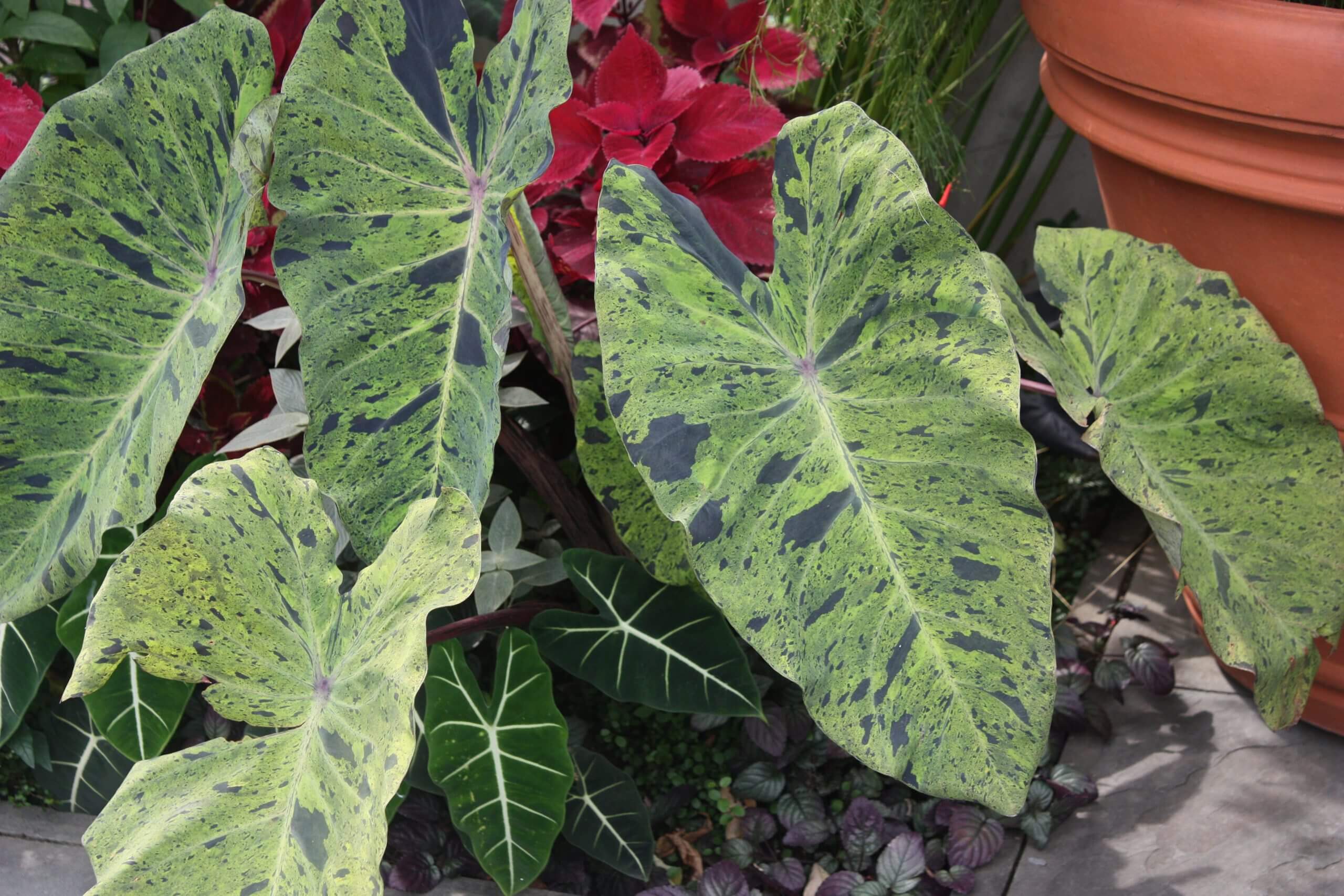
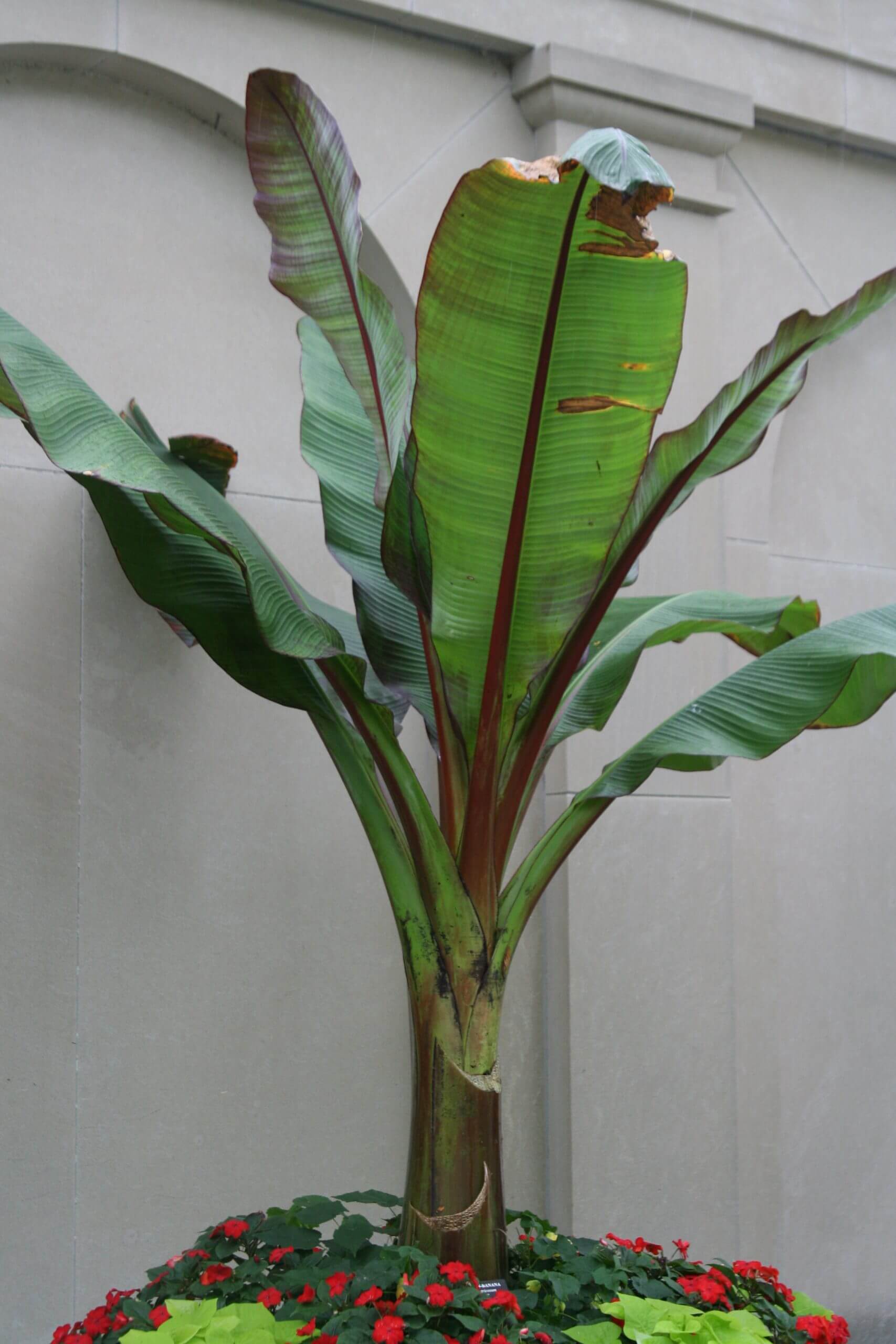
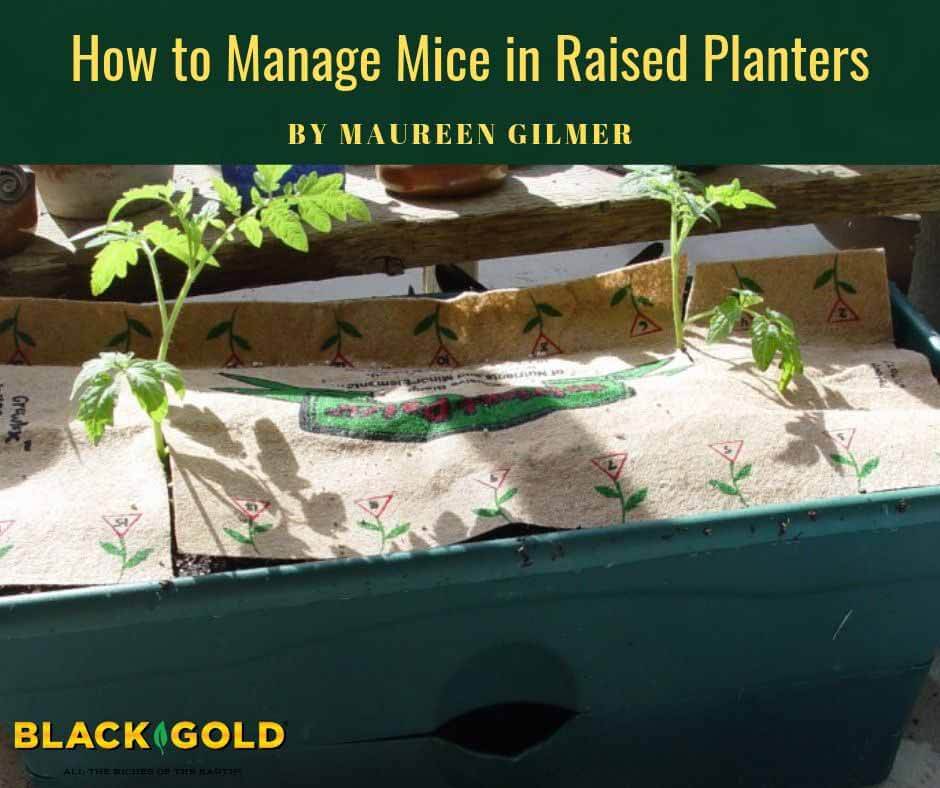
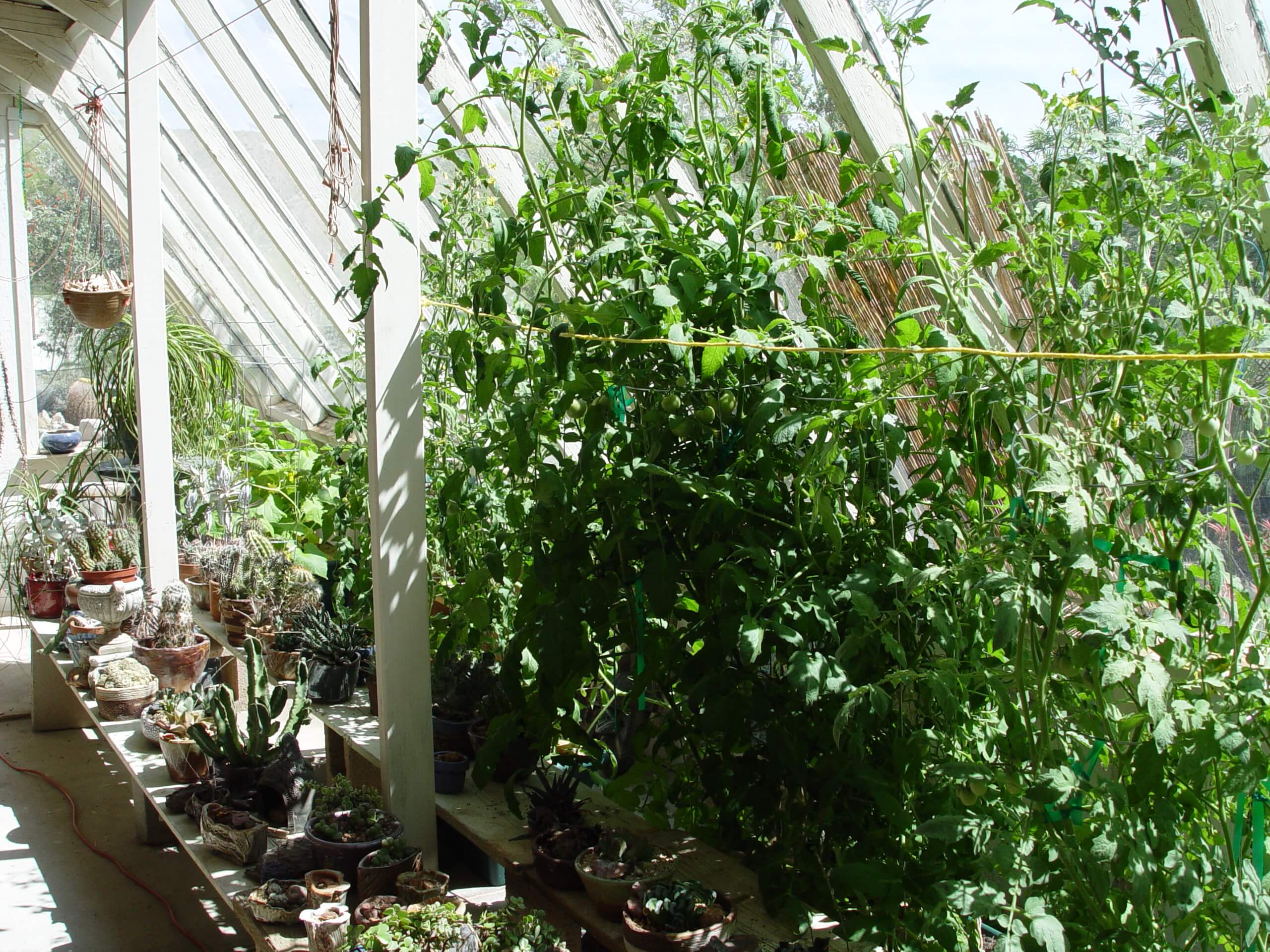
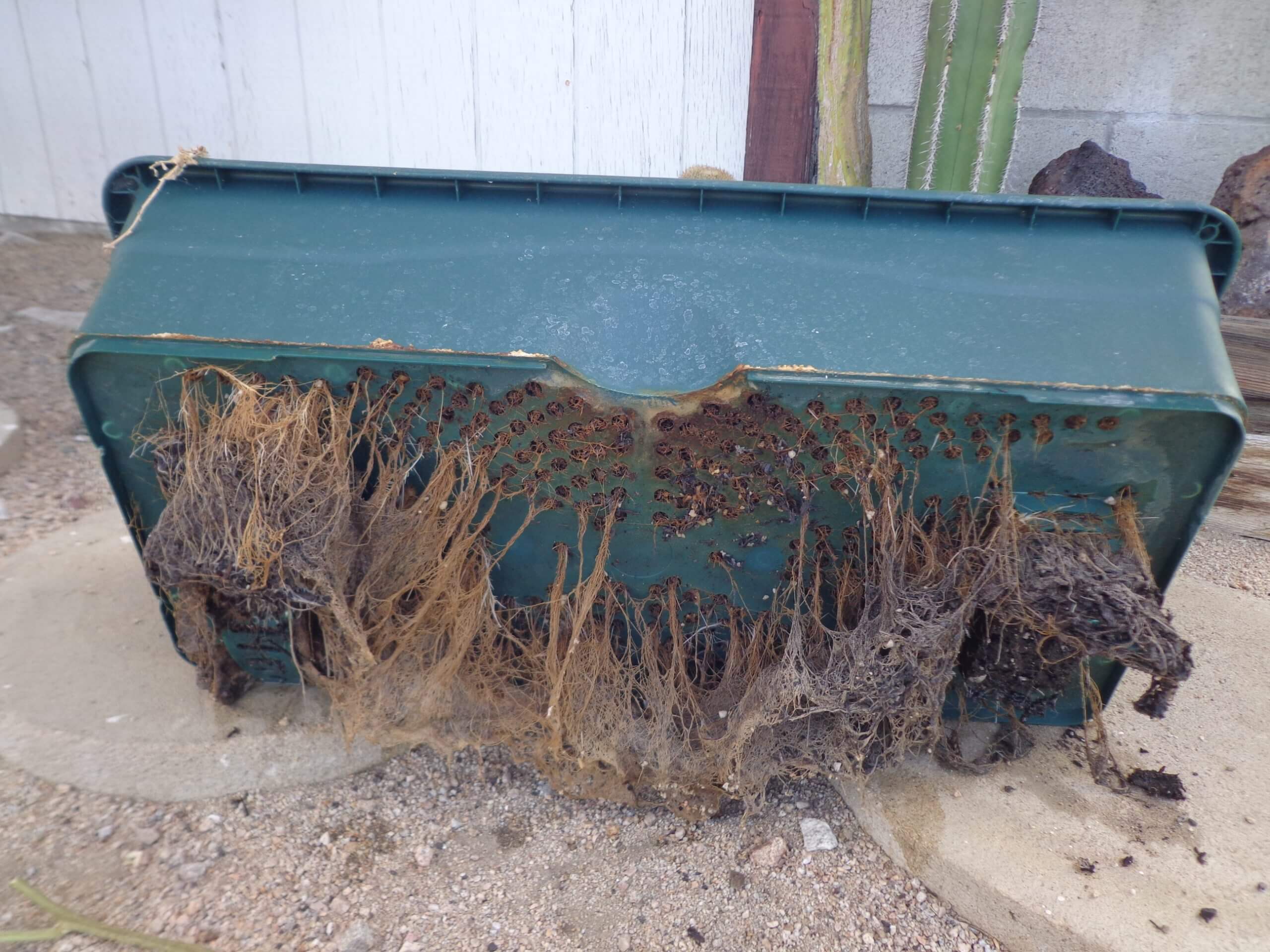
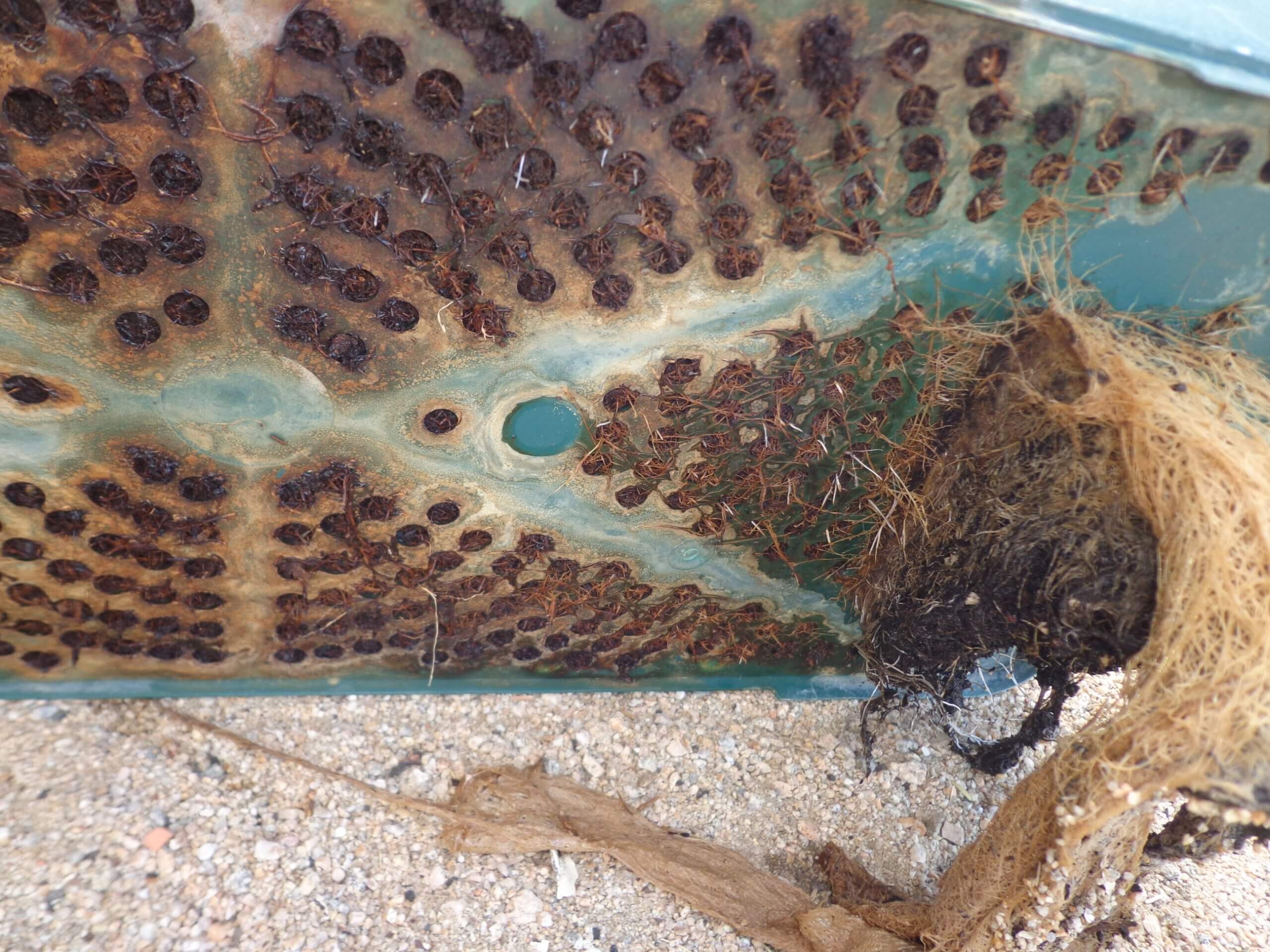

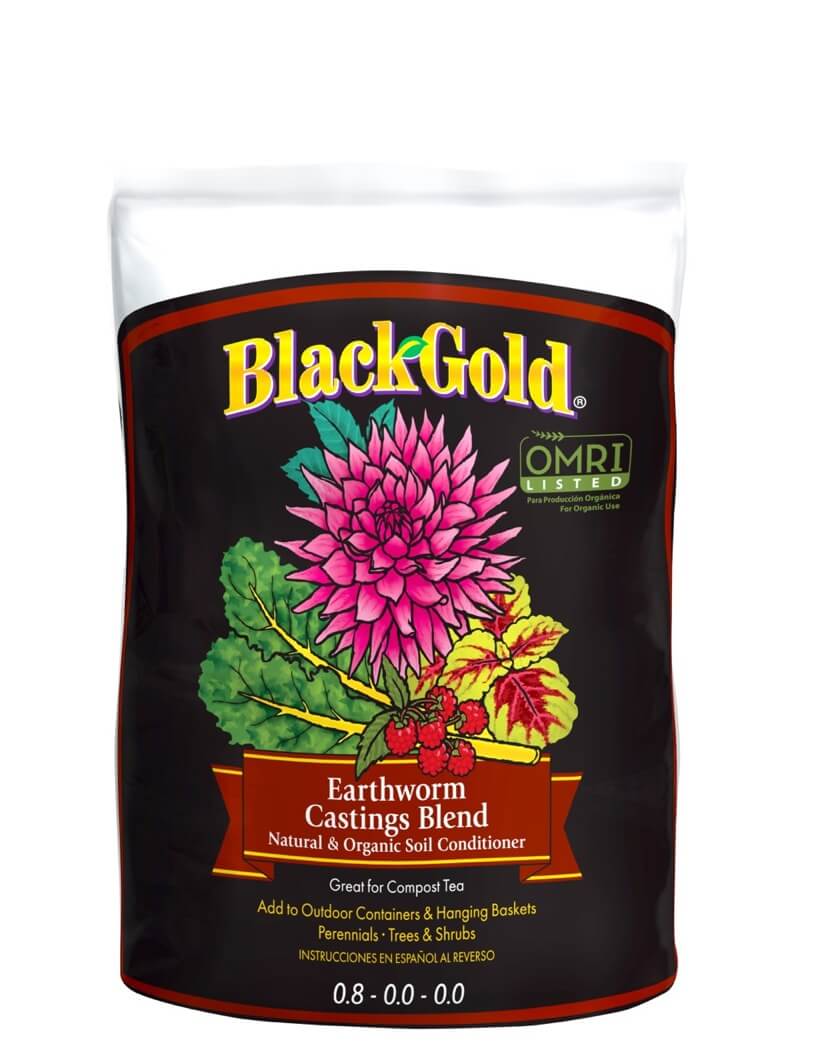
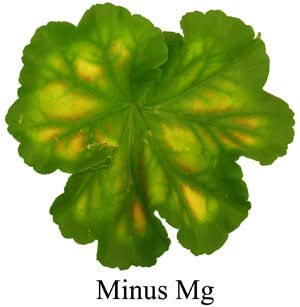
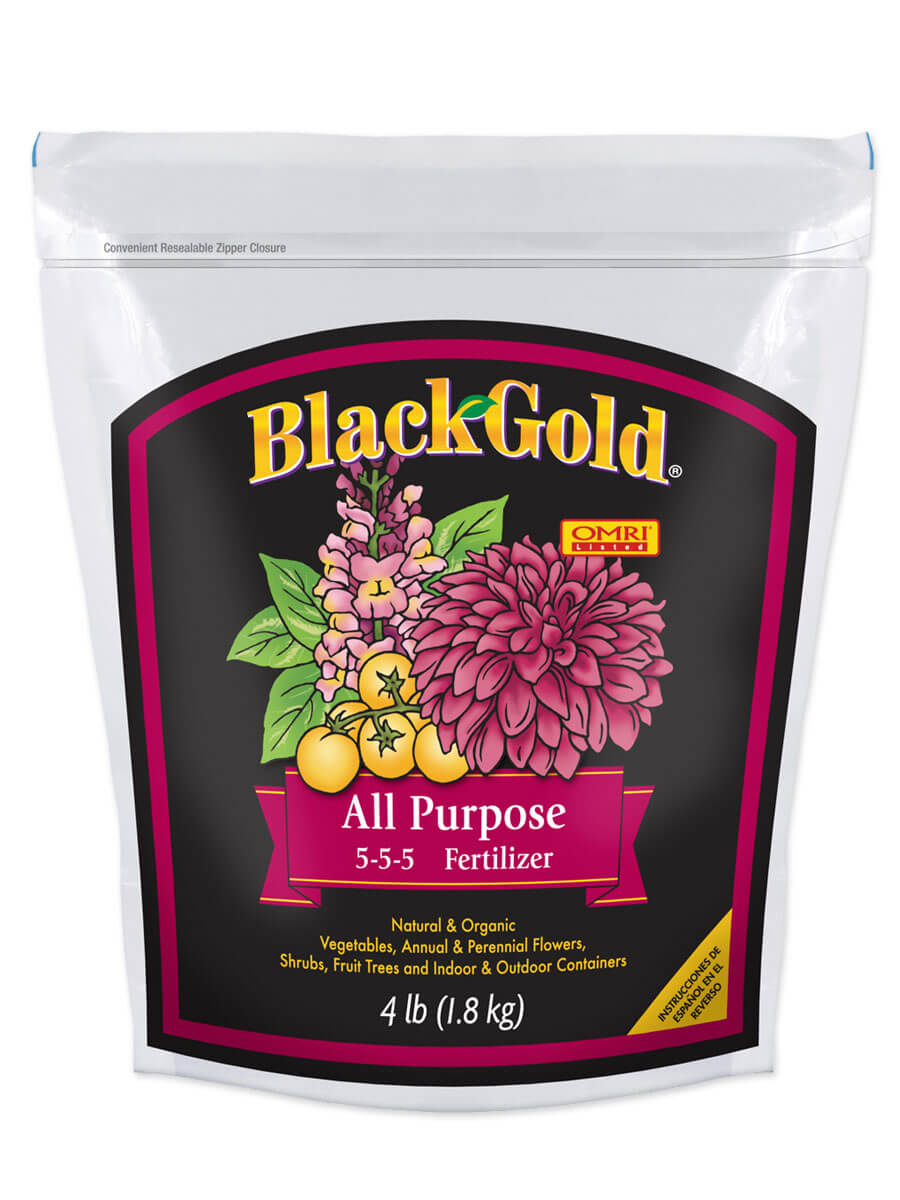
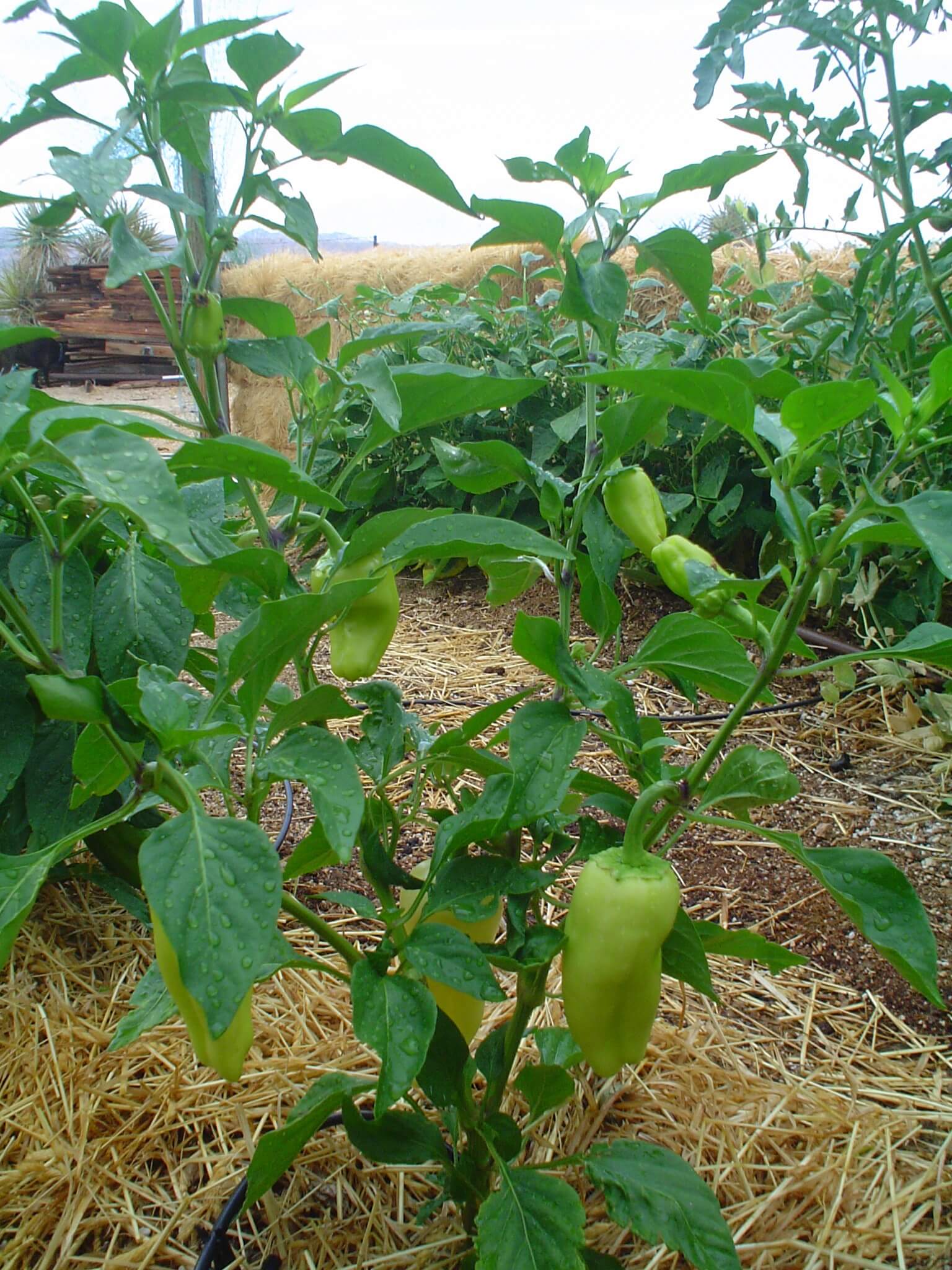
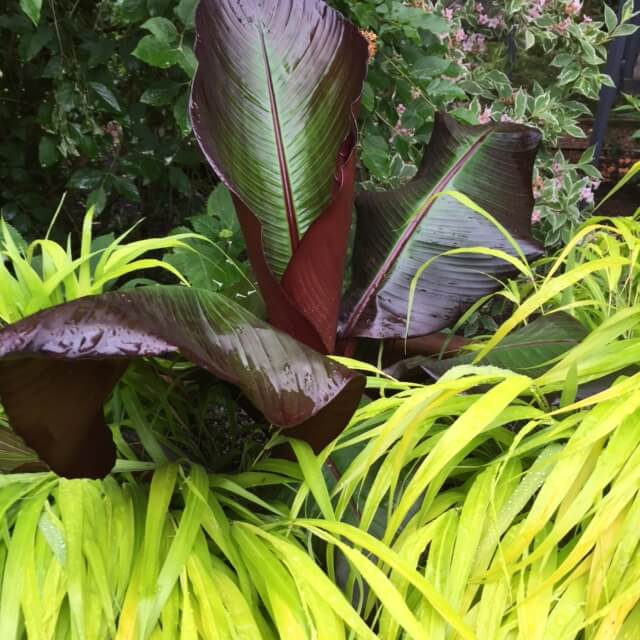
 Potting Bold Container Plants
Potting Bold Container Plants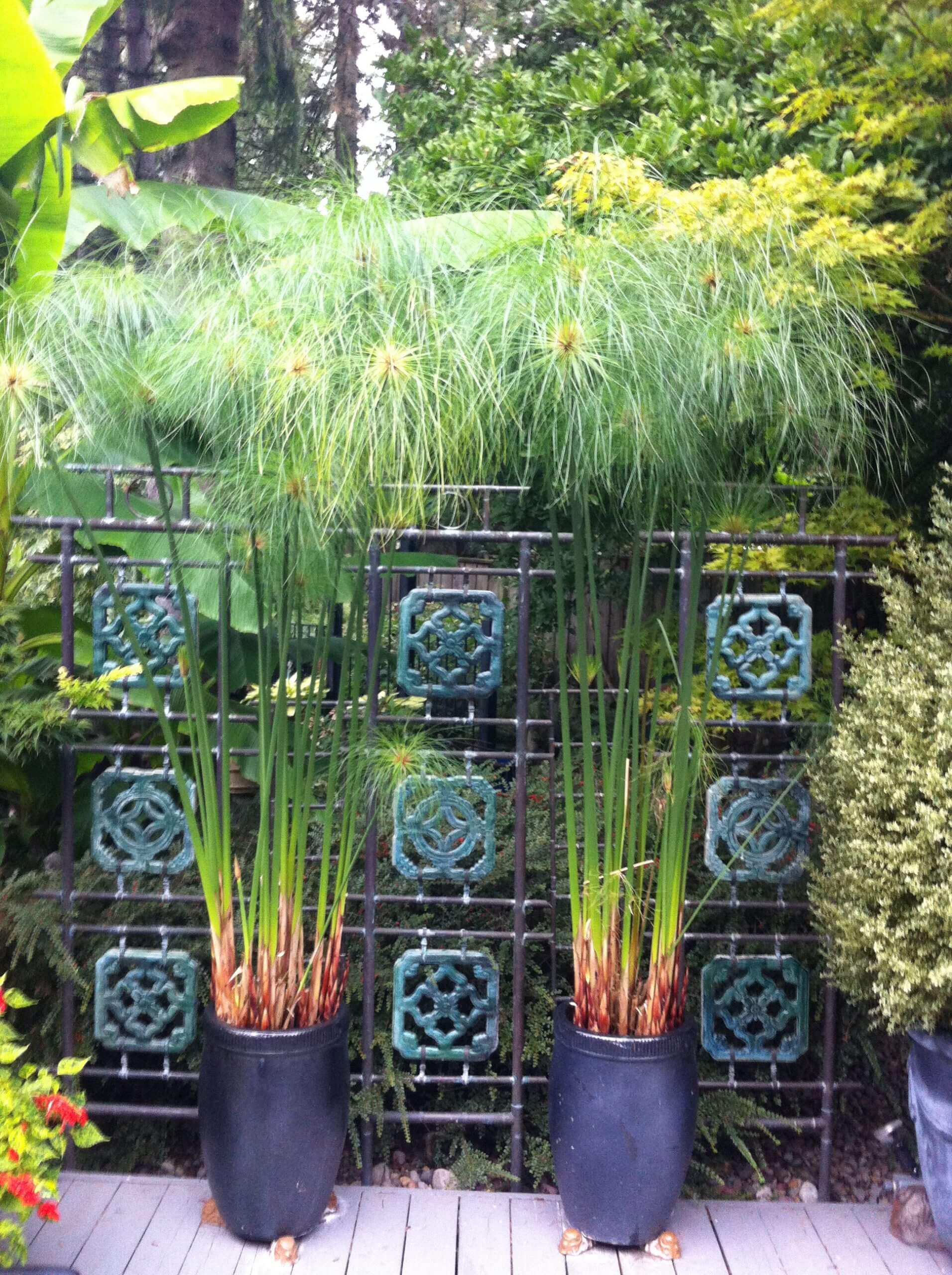
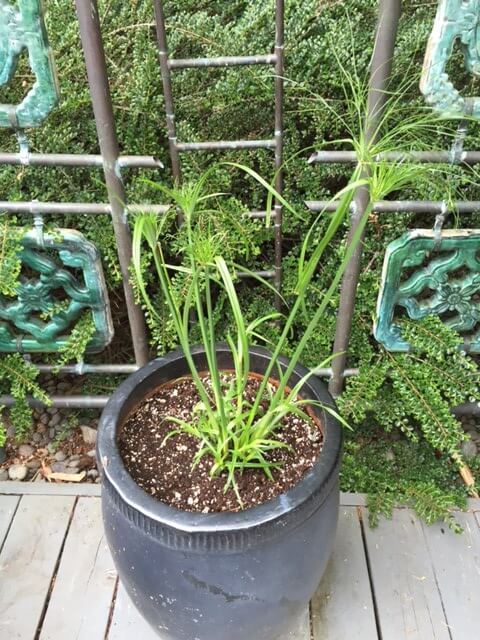
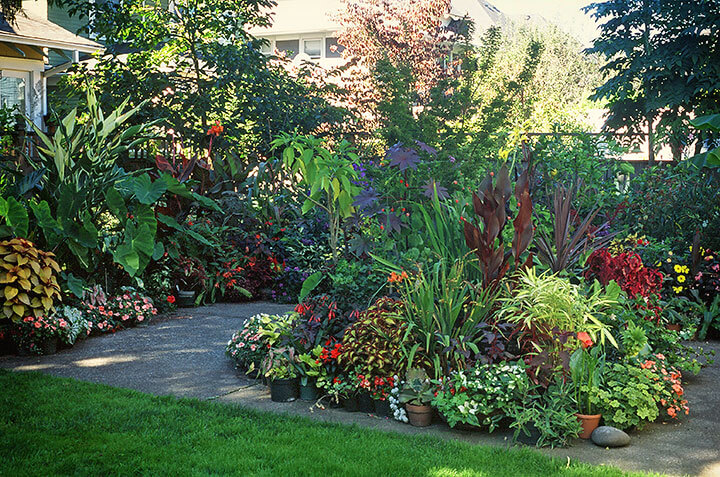
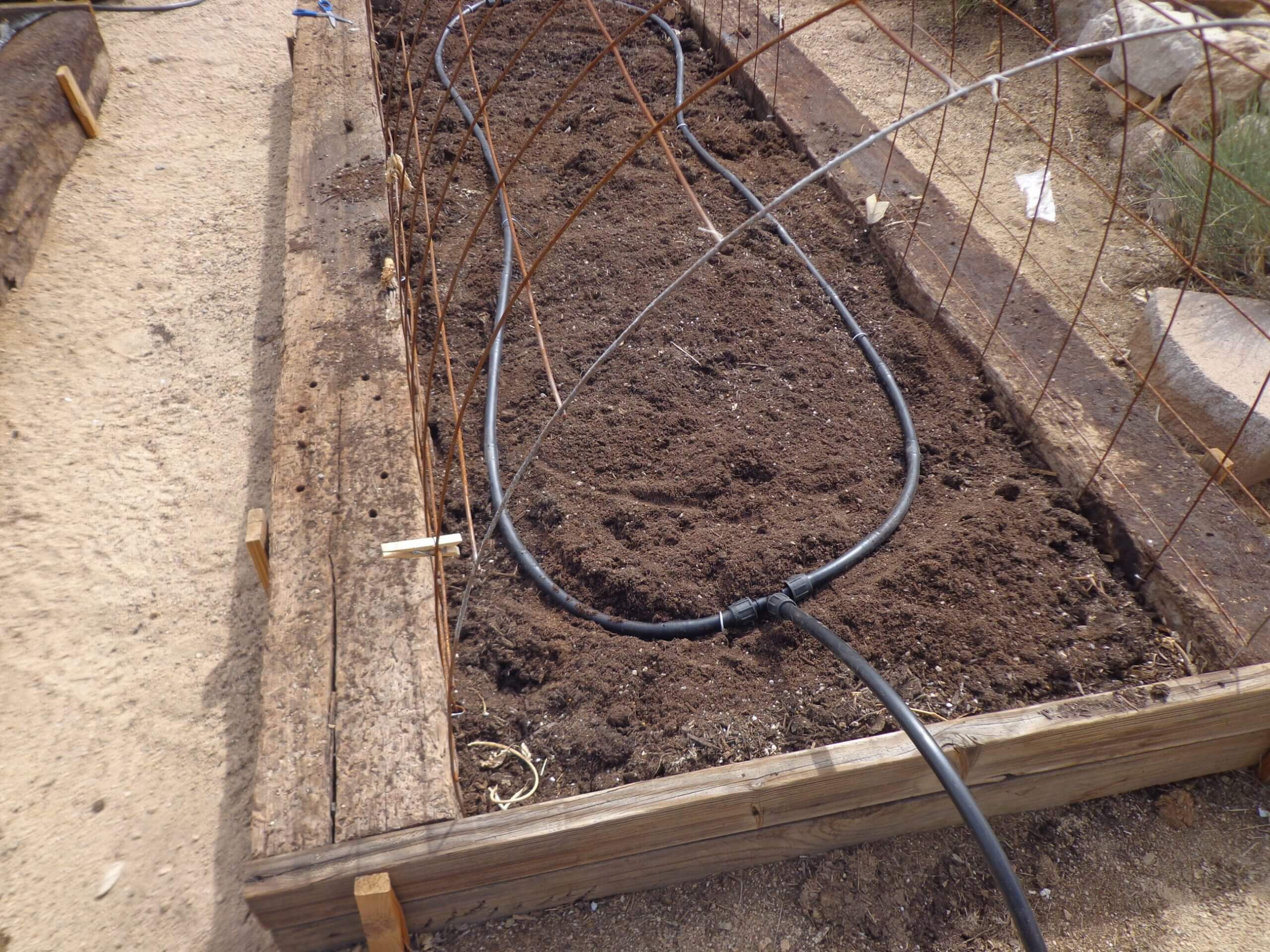
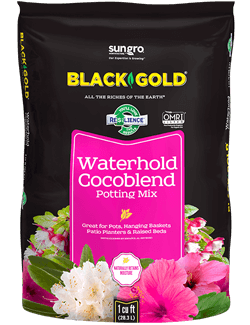 Drought-resistant plants often share large adventurous root systems to access trapped moisture far underground. When tomatoes are planted like other crops, the root system remains relatively small. But if you plant your tomatoes lying down in a trench, they develop prodigious roots all along the buried stem. With a far larger root system that tomato will have much greater ability to survive heat with minimal moisture.
Drought-resistant plants often share large adventurous root systems to access trapped moisture far underground. When tomatoes are planted like other crops, the root system remains relatively small. But if you plant your tomatoes lying down in a trench, they develop prodigious roots all along the buried stem. With a far larger root system that tomato will have much greater ability to survive heat with minimal moisture.